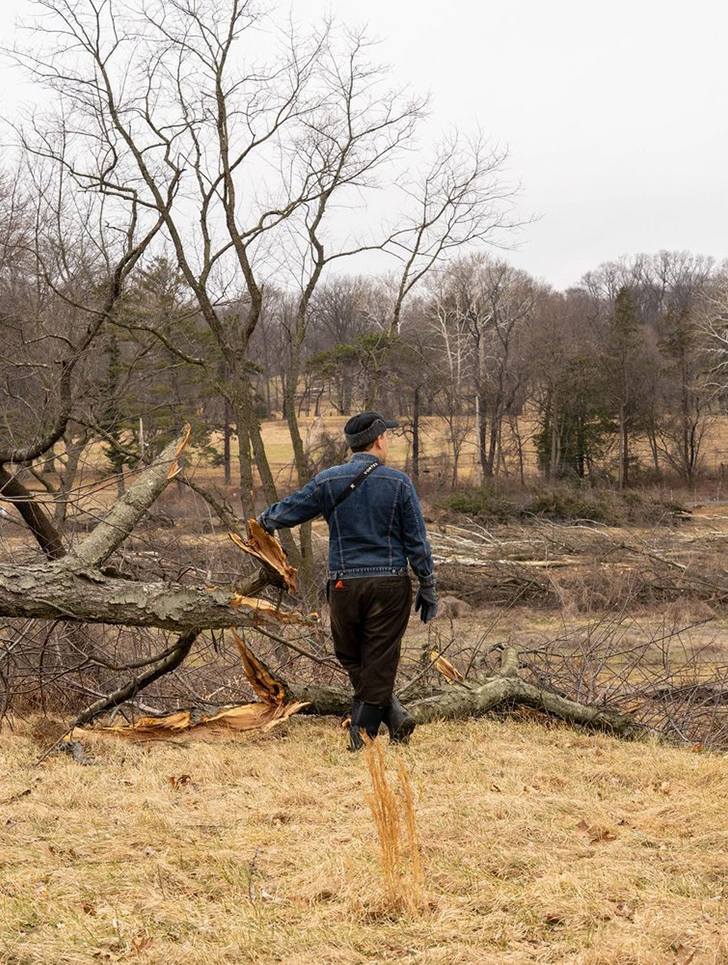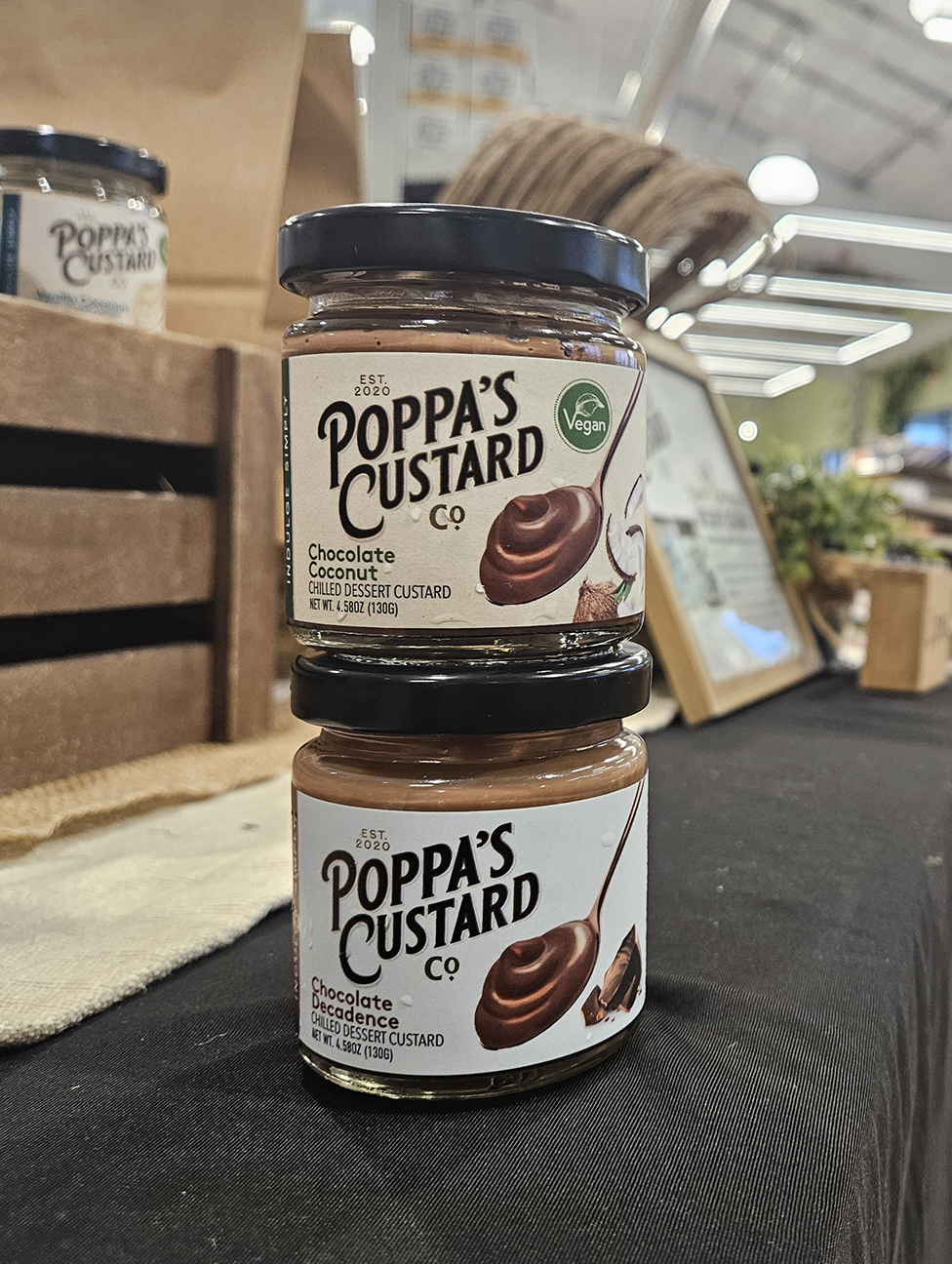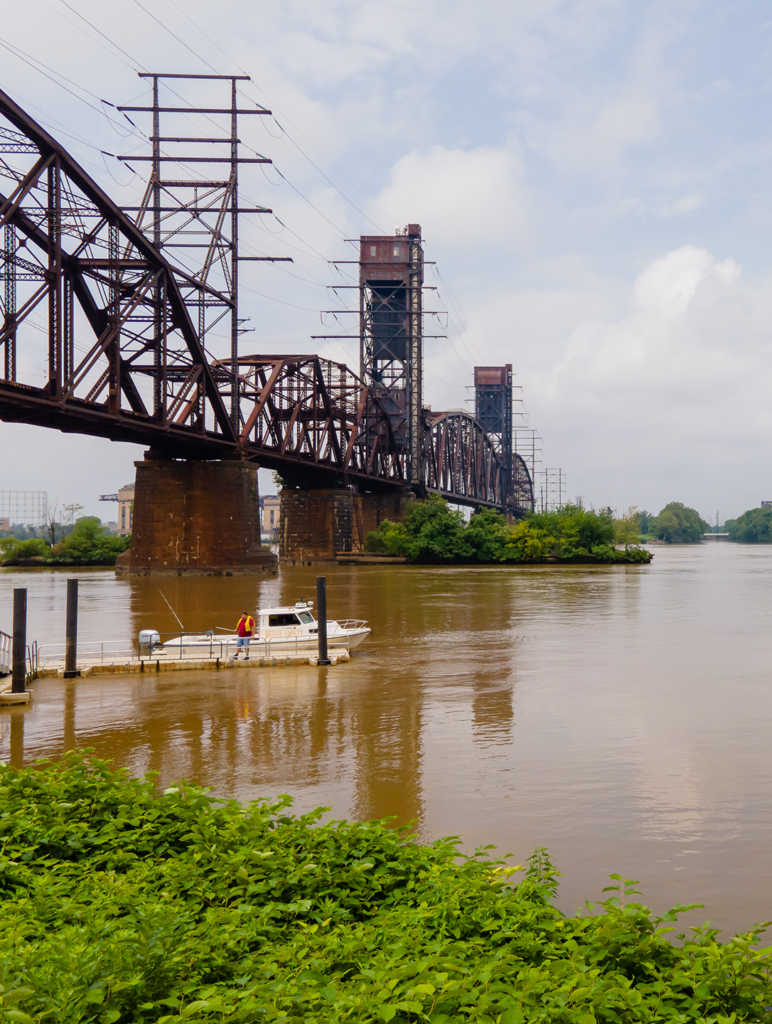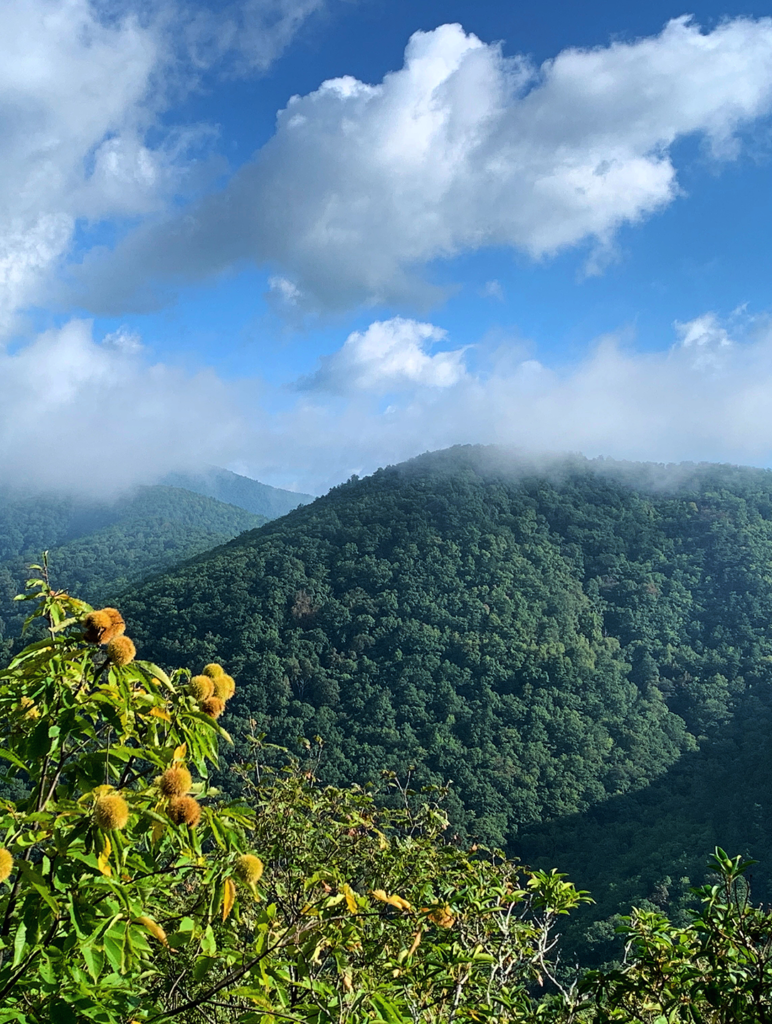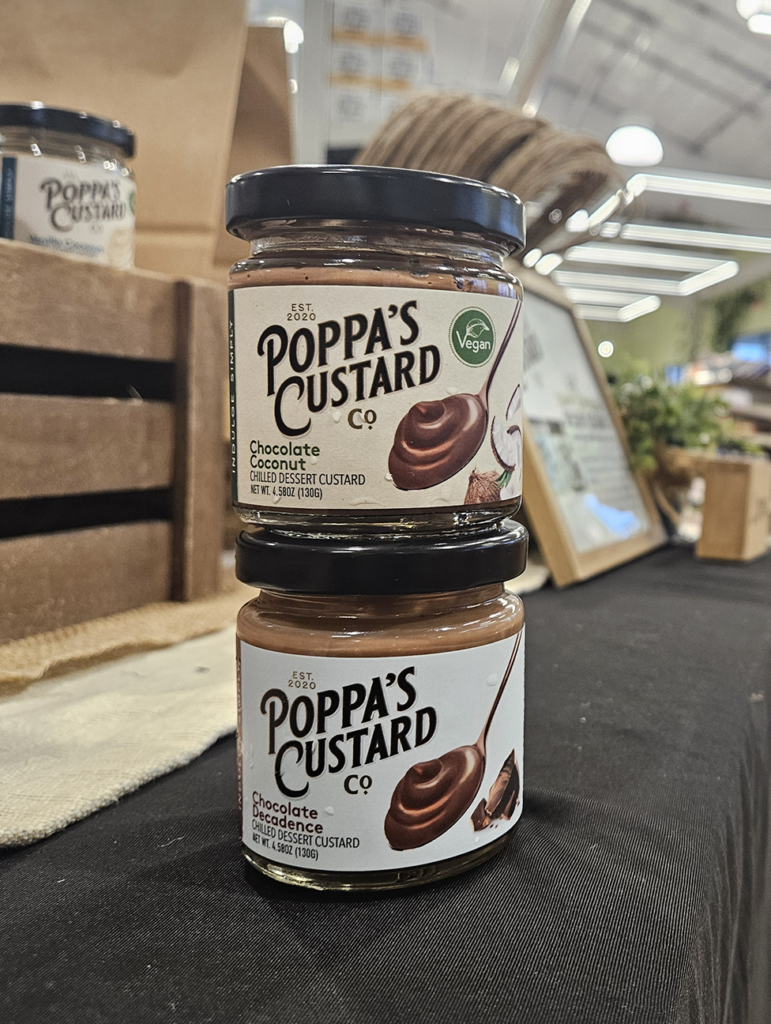I am desperate for American chestnut trees to make a comeback, even though I know that it’s not happening anytime soon. I long to see our woods as they were 150 years ago. The forager in me misses the chestnuts I never got to gather from the forest floor. As Jessie Buckner writes in her piece on restoration efforts for the tree — essentially wiped out by an invasive fungal blight in the early 1900s — we’re making progress, but it’s slow.
The restoration effort, led by the American Chestnut Foundation (TACF), has been working on multiple tracks, including traditional plant breeding and developing viruses to attack the pathogenic fungus. But perhaps the fastest progress has been in genetically engineering blight-resistant trees. As the researchers supported by the foundation sought USDA approval for the planting of genetically engineered trees, specifically the strain named Darling 58, environmentalists took positions for and against the high-tech trees.
Some, like me, have seen potential risks as acceptable given the ecological disaster we could correct. Others, though, have opposed approval of the genetically engineered trees. Some of their reasons have to do with the basic uncertainty about how an organism developed in a lab will grow in real forests; others seem to be shaped by a general anti-GMO bias. The anti-approval rationale I have found most compelling is a wariness of paper and lumber companies that are also genetically engineering trees. Their pines and poplars are being designed to grow super fast and themselves could become ecological problems if their seeds escape to sprout in the wild. As concerned environmentalists see it, the chestnuts would be the proverbial “camel’s nose under the tent,” with the other species poised to rush in after.
But in recent years, it has become apparent that the agriculture industry doesn’t need genetically engineered chestnuts to proceed. They’re already inside the tent. Genetically engineered hybrid poplars are already being planted outdoors in Georgia by Living Carbon, a startup selling carbon credits for the trees they claim grow and store carbon faster than ordinary hybrid poplars. The reality of the trees might not live up to the hype, since what grows well in a greenhouse might not perform well outside, but that hasn’t stopped Living Carbon from promoting the credits to polluting companies and the trees to landowners. The startup needs to keep the money flowing, whatever the actual environmental impact — climate and otherwise — of the trees.
Where does that leave the chestnuts? A few months ago news broke that Darling 58 is a bust. It turns out scientists developing it had accidentally mixed up pollen with another strain, and those trees haven’t been growing very fast or tall. TACF quickly pulled its support. The foundation also suspects that the real Darling 58 trees might themselves have problems growing, so it is moving on to support researchers exploring other ways to introduce blight-resistant genes to American chestnuts. It might be another decade or two before anyone plants genetically modified chestnut trees in the wild.
As heartbreaking as this snafu has been, I am comforted by TACF’s tolerance for delay. Their patience is a refreshing contrast to a tech startup that needs to keep the good news rolling to survive. The foundation, and the entire community of chestnut stakeholders, have invested a lot of resources and time into Darling 58, but if it doesn’t work, it’s worse to pretend it does than to face reality and try something else. So for the greater good, I’ll remain desperate.
Bernard Brown, Managing Editor


